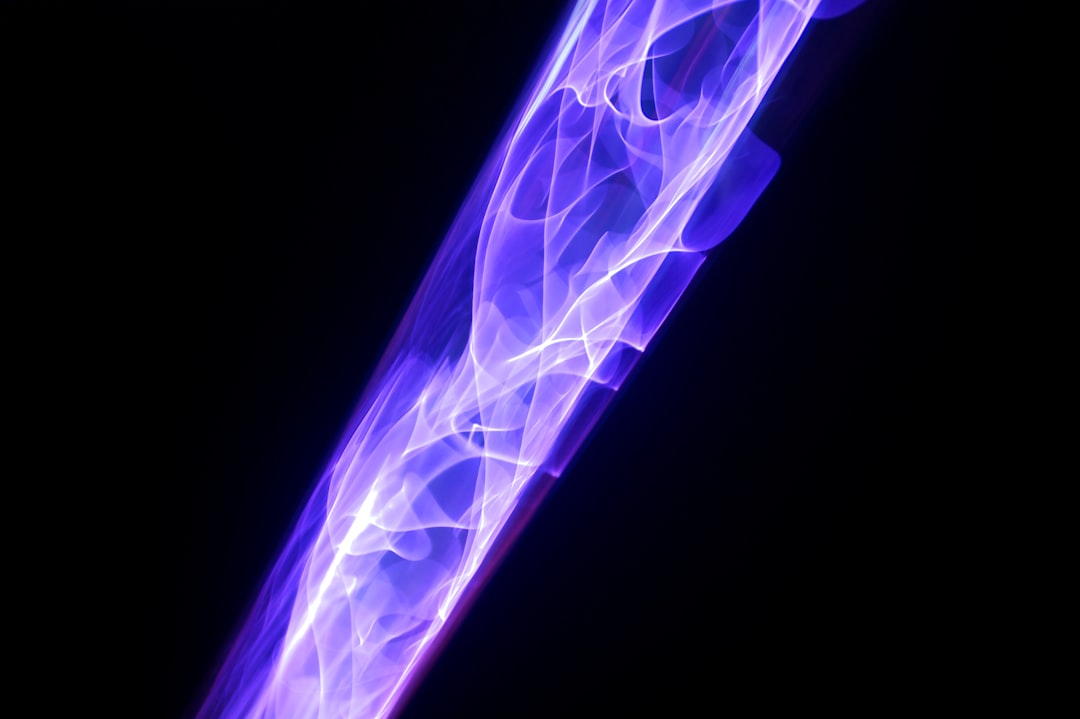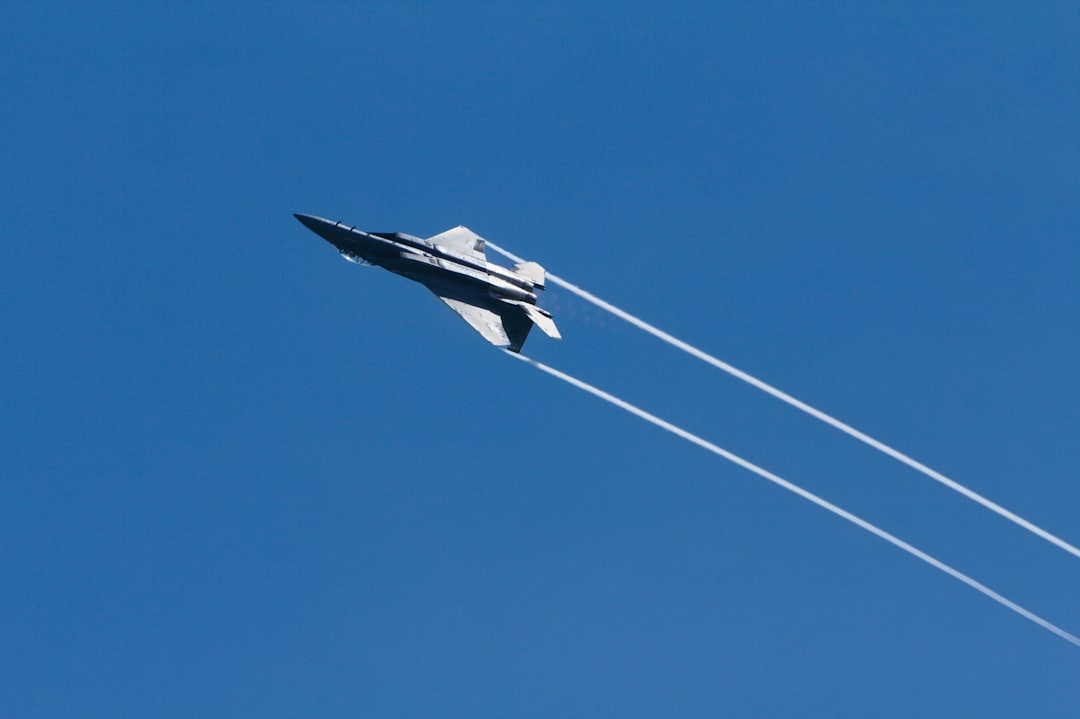What is it about?
This research focuses on creating an equivalent electrical human body (EEHB) circuit to simulate the dielectric properties of the human body, allowing for safer calibration and testing of therapeutic plasma sources before use on patients. We used simulations and experimental work to design the EEHB circuit and tested its interaction with a plasma gun (PG). We discovered that different operating modes occur depending on the supplied voltage, with pulsed atmospheric plasma streams generated at lower voltages and potentially hazardous thermal plasma arcs at higher voltages.
Featured Image

Photo by National Cancer Institute on Unsplash
Why is it important?
This work is essential for ensuring the safety of plasma-based medical treatments by providing a realistic target to calibrate electrical properties of therapeutic plasma sources before applying them to patients. We identified a critical voltage threshold beyond which electrical hazards become significant. Understanding this threshold and refining the calibration process reduces the risk of harm to patients during plasma treatments.
Perspectives
Future research should focus on improving the equivalent electrical circuit of the plasma gun, developing new equivalent electrical models for other plasma sources, and creating calibration tables for different living models. These advancements will contribute to safer and more effective plasma-based medical treatments for various patient demographics. By refining the calibration process and understanding the interactions between plasma sources and the human body, researchers can develop novel therapies with lower risks and improved outcomes for patients.
Dr Thierry Dufour
Read the Original
This page is a summary of: Plasma gun for medical applications: engineering an equivalent electrical target of the human body and deciphering relevant electrical parameters, Journal of Physics D Applied Physics, February 2019, Institute of Physics Publishing,
DOI: 10.1088/1361-6463/ab03b8.
You can read the full text:
Contributors
The following have contributed to this page










